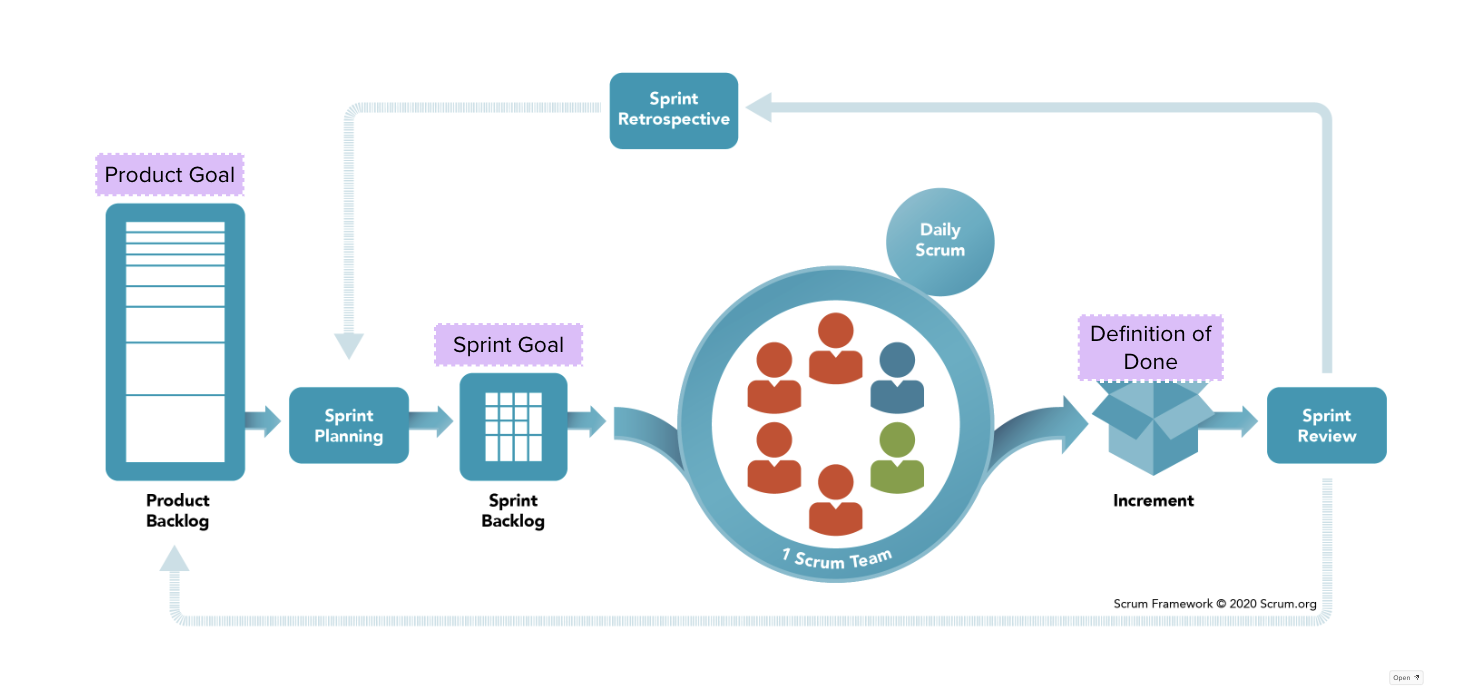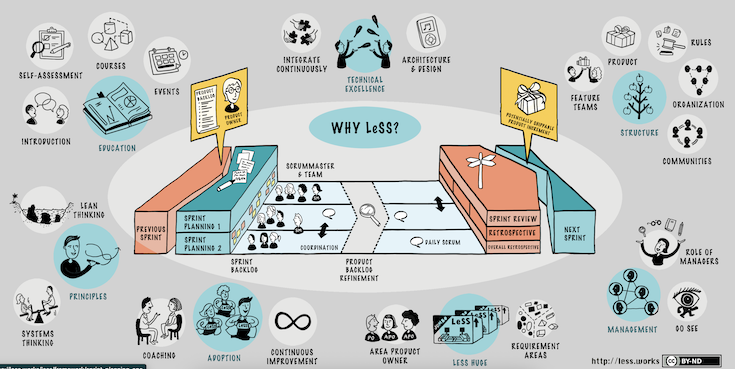How to improve the Scrum team effectiveness with the sprint goal
The commitments contained in the Scrum Artifacts are arguably one of the important element of the Scrum Framework; these commitments when deployed as per the intentions of the scrum framework contributes to increasing the effectiveness of the scrum team.
I was asked to help out a Scrum Team that did not see much value out of a well-crafted Sprint Goal for their Sprints. In the sprint planning, the team would rollover every product backlog item (PBI) that was not completed in the last sprint, and the team would add a few more PBIs from their backlog on the ask of the team manager, who also attended the Sprint Planning regularly. Evidence provided in their product backlog management tool showed that the team had not for once completed all the PBIs in their sprint backlog in the last 6 - 9 months.
Over the years, I have observed the negative impacts of failing to achieve set goals on teams. Impacts vary from feelings of disappointment, frustration among team members to a decrease in motivation and morale among many others. With this team that i was called to coach, goals were not explicitly set, but there was an implicit goal to complete every PBI selected for the sprint; and when i spoke to team members i could sense some frustration and an overall lack of motivation.
A well-crafted sprint goal could do this scrum team a lot of good and below are 5 ways the sprint goals could help increase the effectiveness of the team:
-
Less time spent in the Sprint Planning: The introduction of the Sprint Goals provides focus during the sprint planning. A scrum team without a Sprint Goal will usually continue planning until the time-box allowed for the Sprint Planning is expired. However, when a team plans using a Sprint Goals, the Sprint planning can be ended when the Scrum team has selected enough PBIs to deliver the Sprint Goal up to the capacity of the Developers for the next Sprint.
-
Fosters collaboration within the team: In this particular scrum team, the developers agreed that they did not communicate through the sprint as there were no crossovers in their tasks. Now that most of the PBIs collectively deliver the Sprint Goal, there is an incentive for the Scrum team to work together closely to ensure that the Sprint Goal is delivered. The developers communicate more frequently during the sprint and support each other to get the PBIs assigned to each other done.
-
Inspection during the Daily Scrum: The Scrum team i was supporting did not find value in the Daily Scrum and there was a good argument not to as the developers weren’t working together as a team. With the introduction of a Sprint Goal, the scrum team has the opportunity to improve the effectiveness of its daily scrum by using a facilitation technique that allows it to inspect the progress toward the Sprint Goal on a daily basis. This practice reinforces the purpose of the sprint to the developers and increases the likelihood of delivering the sprint goal.
-
Improves Focus during the sprint: Occasionally the developers are pulled into the projects in the organisation; other times, the overly enthusiastic senior developers intending to sneak in a quick code improvement into the increment. Having the sprint goal transparent helps the scrum team with holding each other accountable and reinforces focus during the sprint. As the developers have a joint accountability for the sprint backlog, any member of the team is able to challenge new work that doesnt seem to contribute to helping deliver the sprint goal. It could be as simple as, if it doesn’t help the developers to deliver the sprint goals then it should not be picked up and such new work should be directed to the product owner.
-
Inspect Progress towards the Product Goal: It’s a good practice for the product owner to give regular updates to the stakeholders; a set of delivered sprint goals, the increment and the Product Goal can altogether give a very good picture of how much progress has been made towards the Product Goal.
The Oxford dictionary defines effective as “successful in producing a desired or intended result”. An effective Scrum Team, according to the scrum framework is one that is able to consistently deliver usable, useful and valuable increment to it’s users. Delivering the Sprint Goals consistently is a good leading indicator for an effective team.
To learn more about Scrum including other Commitments in the Scrum Framework, join me in one of our scheduled Professional Scrum Master public classes.




